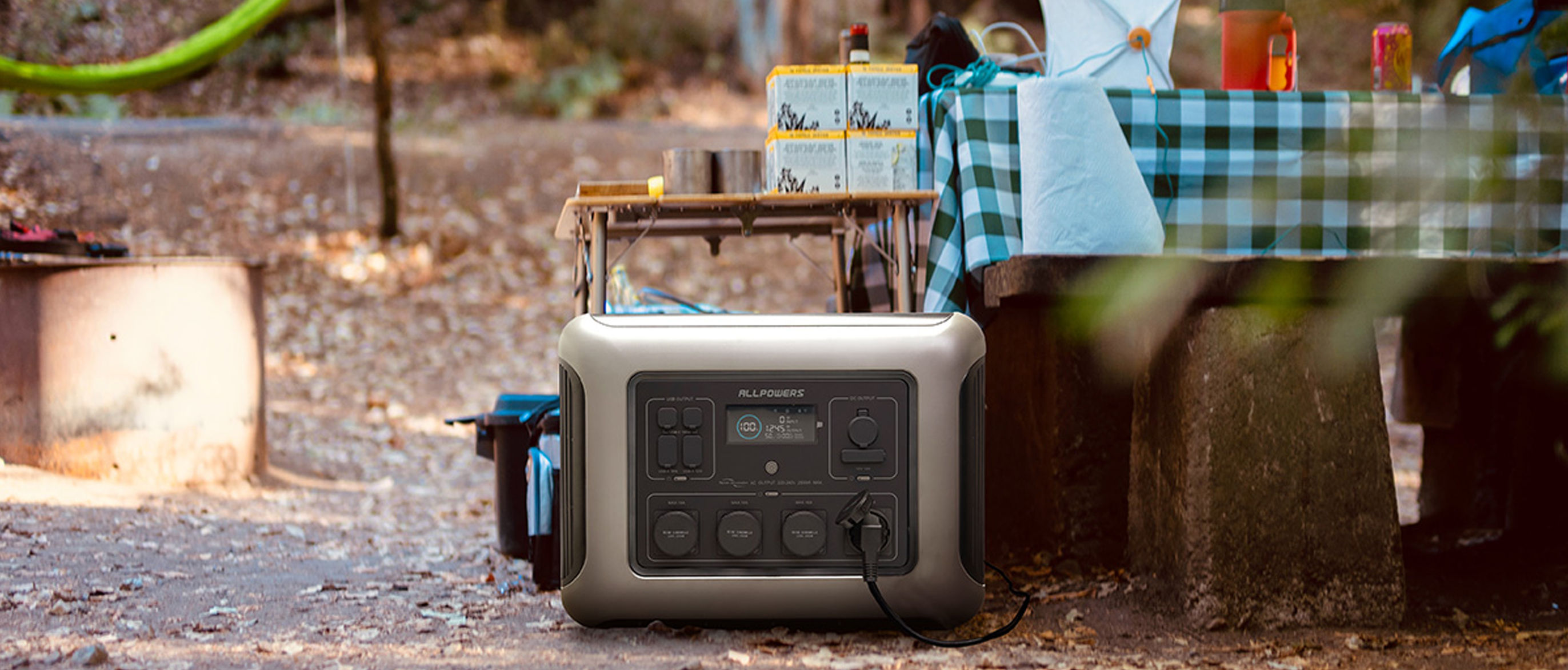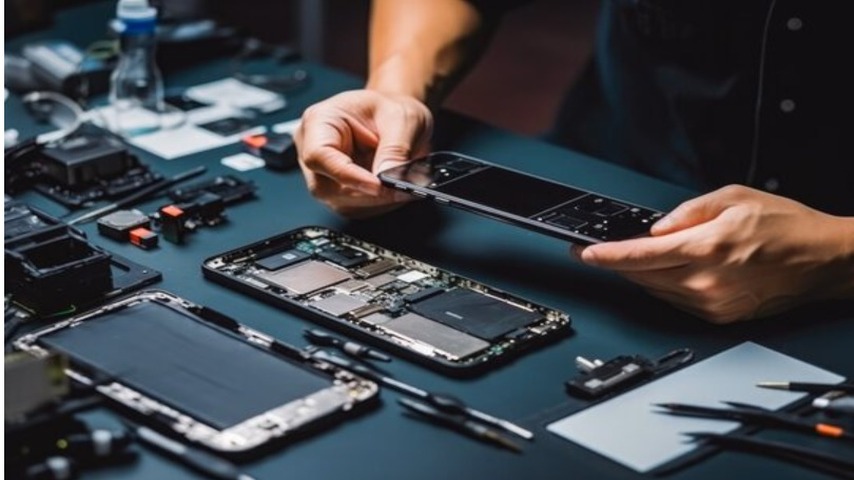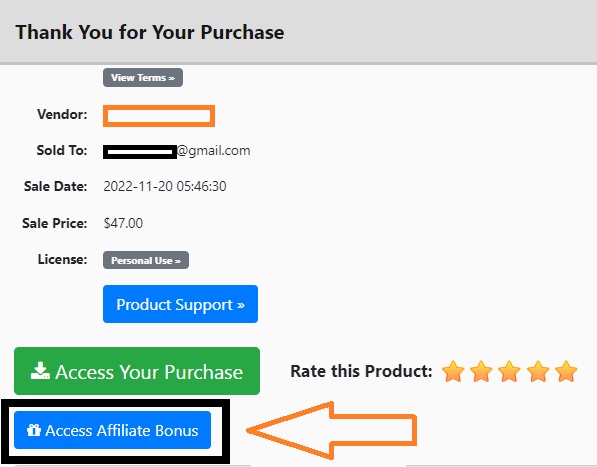In our hyper-connected world, reliable electricity isn’t a nice-to-have; it’s a must-have.
That’s why so many are now looking to portable power stations.
So, what exactly are portable power stations-and more importantly, how do they work?
What a portable power station actually is?
Technically speaking, a portable power station combines a battery (usually lithium-ion or LiFePO4), an inverter (which converts DC battery power to usable AC), and multiple output ports.
Think of it as your personal, portable wall socket. You plug your gear-laptops, phones, fans, even mini coffee makers-right into it. No noise. No fumes. No gasoline spills.
The idea? Clean, portable electricity-wherever you need it, whenever you need it.
How does it actually do what it does?
Here’s the thing:
First, you charge it-either from the wall, your car’s 12V socket, or (my personal favorite) the sun via solar panels. This energy gets stored in the battery. When you plug something in, the inverter converts that stored energy (DC) into the kind of power your devices can use (AC).
Think of it like a water tower. You fill it up, and then draw from it as needed. The pipes and valves (aka the ports and inverter) determine what kind of “water” gets to what faucet. Need to boil water for coffee? Plug in your kettle. Charging your drone battery? There’s a port for that too.
And because the system is “smart,” it often includes features like overload protection, temperature control, and LCD screens that show remaining charge and estimated run time.
What does a power station do?
If you’re a regular at national parks, music festivals, or remote cabins, this thing is your new best friend.
Instead of relying on noisy gas generators (and stressing over fuel), you get a silent, emission-free alternative that can run your essential devices for days.
And here’s the kicker: many units can be charged via foldable solar panels during the day while you hike, kayak, or nap in a hammock. Come nightfall? You’re good to go again.
Now let’s talk about home life. Picture this: it’s storming outside. Power’s out. The fridge is slowly warming, your kid’s tablet is dead, and the only flashlight left is the one on your phone, which has 6% battery left. Stressful, right?
But with a fully charged power station on hand, you’re not scrambling. You can keep the lights on, plug in your modem, run a few fans, charge your phones, and maybe even brew a cup of coffee to ride out the storm in comfort.
How long do they last?
Now, one of the biggest questions folks ask: how long will it actually run my stuff? Well, it depends on the capacity, usually measured in watt-hours (Wh).
A mid-sized 1000Wh unit can charge a phone around 90 times, run a laptop for 20 hours, or power a CPAP machine for two nights. Larger units-say, 1500Wh or more -can run a fridge for over a day or power a pellet stove overnight in winter.
Are there any downsides?
Sure, nothing’s perfect.
They’re not featherweight. Even a compact station can weigh 10–30 pounds. And they won’t run heavy-duty appliances like central AC units or electric dryers-at least not without chaining multiple units together (and that’s more complicated than most folks want).
Also, while prices are coming down fast, high-capacity units can still be an investment. But when you weigh it against spoiled food, missed work, or a ruined camping trip? Most people agree it’s money well spent.
Maintenance? Almost none.
There’s no oil to change. No fuel to top off. No carburetors to clean.
Just charge it every few months if it’s not in use, and keep it in a cool, dry spot. That’s it.
Some models even come with mobile apps, letting you monitor and control the station remotely-ideal for when you’re juggling other emergencies or just want to geek out on data.


A portable power station is a compact, versatile device that provides clean and stable AC or DC electricity for various electronic devices on-the go.
A portable power station is a versatile, on-the road energy resource that delivers convenient and efficient backup electricity for outdoor adventures or emergency situations.
A portable power station is a versatile and compact solution for generating electricity on the go, akin to having your own mini-generator while being environmentally friendly.
A portable power station is nothing short of a modern-day lifesaver, effectively transforming emerging to remote locations into fully functional spaces with onboard rechargeable batteries providing instant access and endless potential for essential gadgets.
A portable power station, essentially a compact and versatile source of electrical energy on-the go which can serve as backup or primary supply for various appliances in the absence of regular grid electricity.
A portable power station is essentially a rechargeable, mobile battery solution that functions as an emergency backup source of electricity for various devices in times when conventional outlets are not available.
A portable power station is a versatile tool consisting of rechargeable batteries and an array or converter that enables users to effortlessly supply electricity for various devices on-the go, creating convenience in outdoor adventures as well as emergency situations.
A portable power station is an essential device for anyone who values seamless energy supply on-the go or during outages, making it a valuable asset in any remote operation scenario.
A portable power station is a versatile and essential device that seamlessly bridges the gap between electricity availability, providing an instant backup for personal electronic devices or remote activities without grid constraints.
A portable power station essentially is a mini-generator on the go, providing convenient and reliable backup energy for your electronic devices when you're away from traditional electricity sources.














